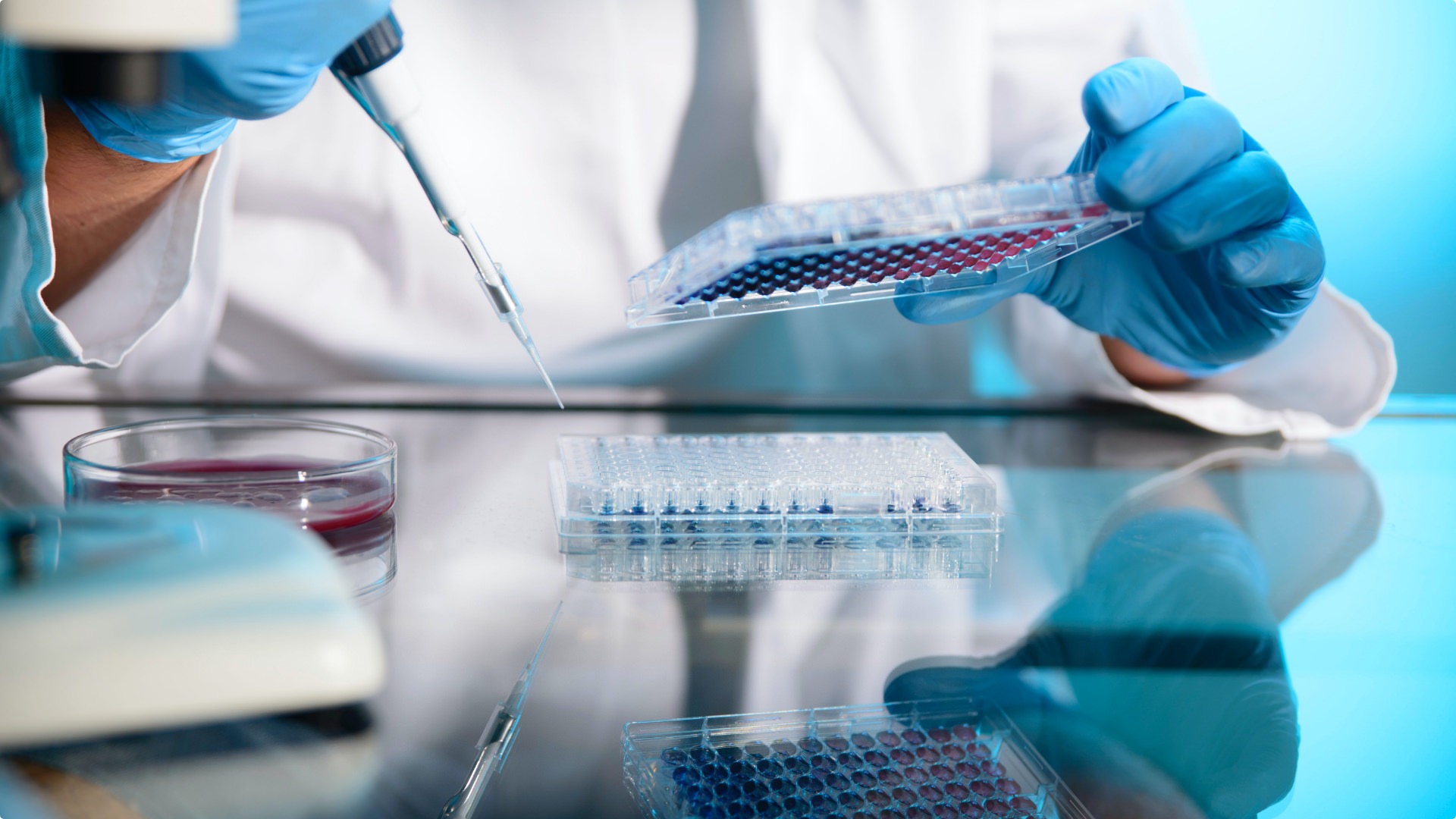STEC in the SEA Region: A Pathogen that Does Not Give Truce
According to the World Health Organization (WHO), the South-East Asia (SEA) region has the second highest burden of Foodborne diseases (FBDs), with more than 150 million cases and 175 000 deaths annually this same organization, remarked the importance of implementing the right strategies to prevent, detect and manage foodborne risks to improve food safety.
In the Philippines, due to several causes, the risk for Shiga toxin-producing Escherichia coli (STEC) transmission is significant and usually related illnesses may be underestimate.

Impact in human health
The dangers of STEC lie in its transmission, which occurs primarily via contaminated foods and is therefore one of the most frequent causes of gastroenteritis.
The most serious risk, however, is the chance of contracting Hemolytic Uremic Syndrome (HUS) which is characterized by acute kidney failure, and can even affect other organs such as the lungs, pancreas and heart and even cause death, in which the population most at risk are infants and the elderly.
Our commitment
Asiagel Corporation is a strong advocate and pioneer of food safety in the region, actively promoting the development of effective solutions for microbiological control.
As part of this commitment, and thanks to its strategic alliance with Condalab, we provide you with the most advanced culture media for the detection of E. coli O157:H7. These media have been designed to meet the highest quality standards, following the ISO international standards, which guarantee robust, reliable and reproducible results in the most demanding control environments.
- Enrichment of the sample with TSB Broth Modified with novobiocin
- Selective isolation in CT-SMAC Agar and CondaChrome®E. coli O157:H7
Strengthening the diagnostic capacity for STEC, enforcing safe meat handling regulations, and promoting targeted hygiene education in schools and community settings are essential to prevent potential STEC outbreaks and protect public health in the Philippines.
For further information about our products or methods, do not hesitate to contact us, and if you need a detailed explanation continue learning here.



